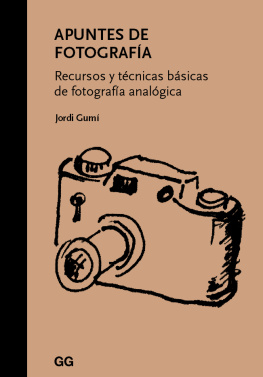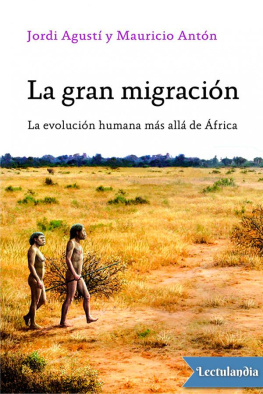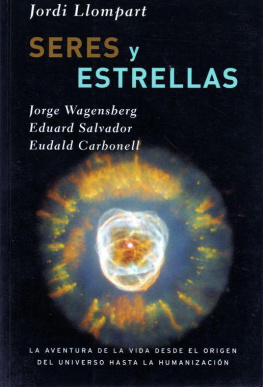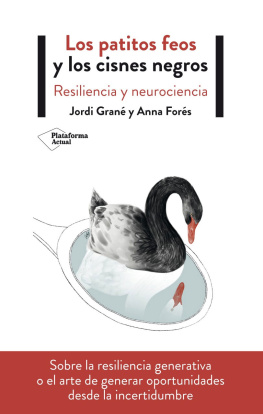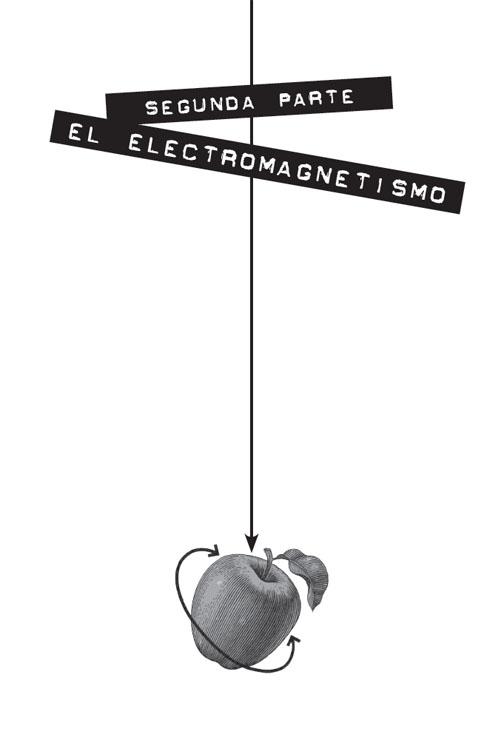Más bibliografía de interés:
«Convection in the Earth’s Mantle», P. J. Brancazio. SAO/NASA Astrophysics Data System (ADS). 08-09/04/1963. (http://adsabs.harvard.edu/full/1964oeao.conf…64B).
«Mantle Convection», David Bercovici. Enclyclopedia of Solid Earth Geophysics, 26/12/2010. (http://people.earth.yale.edu/sites/default/files/files/Bercovici/17_MantlConvection-ESEG2011-2_0.pdf).
«A researcher’s guide to: plant science», National Aeronautic and Space Administration (NASA) (https://www.nasa.gov/sites/default/files/files/NP-2015-03-014-JSC_Plant-Research-ISS-mini-book-508(1).pdf).
«Grapling with gravity: how will life adapt to living in space?». Robert. W. Phillips.

JORDI PEREYRA MARÍ (Ibiza, 1990). Graduado en Ingeniería Mecánica por la Universidad Politécnica de Cataluña e interesado en… Bueno, en casi cualquier tema que le ayude a entender un poco mejor el mundo en el que vive.
En 2013 empezó a escribir el blog «Ciencia de Sofá» con la intención de despertar el interés por la ciencia en las personas que están menos familiarizadas con ella, usando el humor y un lenguaje cercano, una fórmula que lo ha colocado entre las bitácoras científicas en castellano más populares.
Título original: Las 4 fuerzas que rigen el universo
Jordi Pereyra, 2017
Editor digital: Karras
ePub base r1.2
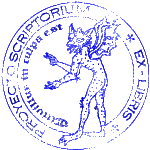
Notas
[1] «What is Anaximander’s Apeiron?», Elizabeth Asmis. Project MUSE. (https://muse.jhu.edu/article/227216/pdf).
[2] «Pythagoras», Stanford Encyclopedia of Philosophy. 23/02/2003, revisado el 28/05/2014. (http://plato.stanford.edu/entries/pythagoras/)
[3]Metafísica, Aristóteles. Libro 1, parte 5. (http://classics.mit.edu/Aristotle/metaphysics.1.i.html).
[4]Archytas of Tarentum: Pythagorean, Philosopher and Matematician King, pp. 492-93, Carl Huffman. Cambridge University Press, 23/05/2005. Accedido a través de Google Boooks, books.google.com
[5]Vitruvius: the ten books of architecture, Morris Hicky Morgan, PhD. Harvard University Press, 1914, (http://www.gutenberg.org/files/20239/20239h/29239-h.htm#Page_215).
[6]Biruni, Muhammad ibn Ahmad, Alberuni’s India (v. 1), Kegan Paul, Trench, Trübner & Co., 1910. P. 272. Columbia University Libraries, Digital Collection. (http://www.columbia.edu/cu/lweb/digital/collections/cul/texts/ldpd_5949073_001/pages/ldpd_5949073_001_00000328.html).
[7] «On Motion», Al Van Helden. The Galileo Project, 1995. (http://galileo.rice.edu/sci/theories/on_motion.html).
[8] «Hammer vs Feather – Physics on the Moon», AIRBOYD. Youtube, 01/04/2010. (https://www.youtube.com/watch?v=KDp1tiUsZw8).
[9] «Brian Cox visits the world’s biggest vacuum chamber – Human Universe: Episode 4 Preview; BBC Two», BBC. Youtube, 24/10/2014. (https://www.youtube.com/watch?v=E43-CfukEgs).
[10] «The first predicted return of comet Halley», Peter Broughton. Journal for the History of Astronomy, vol. 16, no. 2/Jun/46, 1985. (http://adsabs.harvard.edu/full/1985JHA….16..123B).
[11] «Pendulum Clock», Al Van Heiden. The Galileo Project (1993). (http://galileo.rice.edu/sci/instruments/pendulum.html).
[12] «The first man/machine interaction in medicine: the pulsilogium of Sanctorius» (http://www.ncbi.nlm.nih.gov/pubmed/370523).
[13] «Huygens’ clocks», M. Bennet, M. F. Schatz, H. Rockwood, K. Wiesenfeld. Georgia Institute of Technology. (http://web.archive.org/web/20080410084732/http://www.physics.gatech.edu/research/schatz/pubs/royclocks2.pdf).
[14] «History Topic: Longitude and the Académie Royale», J. J. O’Connor, E.F. Robertson. MacTutor History of Matematics, febrero de 1997. (http://www-groups.dcs.st-and.ac.uk/history/PrintHT/Longitude1.html).
[15]How we got to now: six innovations that made the modern world, Steven Johnson. Penguin UK, 16/10/2014. Accedido a través de Google Books, books.google.com
[16] «The meridian arc measurement in Peru 1735-1745», Jim R. Smith. HS4 Surveing and mapping the Americas – Andes of South America, abril de 2002. (https://www.fig.net/resources/proceedings/fig_proceedings/fig_2002/Hs4/HS4_smith.pdf).
[17] «Isaac Newton and the problem of Earth’s shape», John L. Greenberg. History of Exact Sciences Volume 49, Issue 4, pp. 371-391 (diciembre de 1998). (http://link.springer.com/article/10.1007/BF00374704).
[18] «List of Foucault pendulums», Wikipedia. (https://en.wikipedia.org/wiki/List_of_Foucault_pendulums).
[19] «South Pole Foucault Pendulum», Amudsen-Scott South Pole Station. Invierno de 2001. (http://www.southpolestation.com/trivia/00s/southpolefoucault.html).
[20] «Height of the ISS», Heavens Above. (http://www.heavens-above.com/IssHeight.aspx).
[21] «America at the Threshold – Report of the Synthesis Group on America’s Space Exploration Initiative», Thomas P. Stafford, p.31, 1991. Accedido a través de Google Books, books.google.com
[22] «ISS – Orbit», Chris Peat. Heavens Above. (http://heavens-above.com/orbit.aspx?satid=25544).
[23] «Escape Velocity – List of Escape Velocities», Wikipedia.org. (https://en.wikipedia.org/wiki/Escape_velocity#List_of_escape_velocities).
[24] «The RAVE survey: constraining the Local Galactic escape speed». Martin C. Smith et al. Monthly Notices of the Royal Astronomical Society, 04/02/2008. (http://arxiv.org/pdf/astro-ph/0611671v2.pdf).
[25] «LGG 104», SIMBAD Astronomical Database. (http://simbad.u-strasbg.fr/simbad/sim-id?Ident=LGG+104).
[26] «The Rocket», Man-Vehicle Laboratory. MIT Department of Aeronautics and Astronautics, 8/05/1996. (http://web.mit.edu/16.00/www/aec/rocket.html).
[27] «Earth Fact Sheet», Dr. David R. Williams. NASA Goddard Space Flight Center, actualizado por última vez el 19 de mayo de 2016. (http://nssdc.gsfc.nasa.gov/planetary/factsheet/earthfact.html).
[28] «New Horizons. The first mission to Pluto and the Kuiper Belt: Exploring Frontier Wolrds», NASA/SRI/APL, febrero de 2007. (http://pluto.jhuapl.edu/News-Center/Resources/Press-Kits/011607_JupiterPressKit.pdf).
[29] «The fastest spacecraft ever?», Caleb A. Scharf. Scientific American, 25/02/2013. (http://blogs.scientificamerican.com/life-unbounded/the-fastest-spacecraft-ever/)
[30] «Voyager, the interstellar mission. Weekly Reports», NASA/JPL. (http://voyager.jpl.nasa.gov/mission/weekly-reports/)
[31] «Voyager 1 hasn’t left the Solar System, but that’s OK», Rachel Courtland. IEEE Spectrum, 13/09/2013. (http://spectrum.ieee.org/tech-talk/aerospace/astrophysics/voyager-1-hasnt-really-left-the-solar-system).




